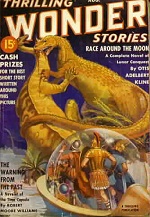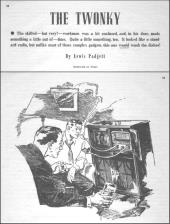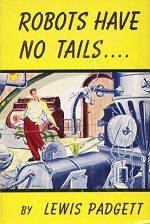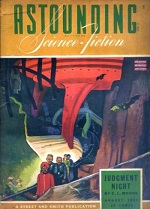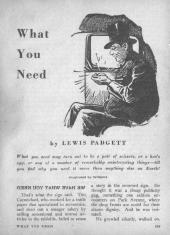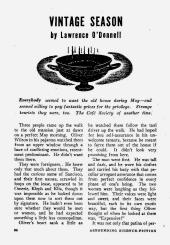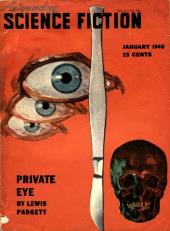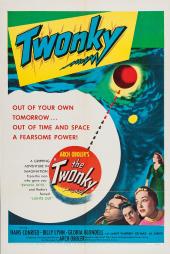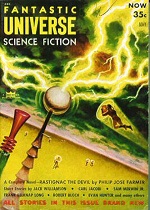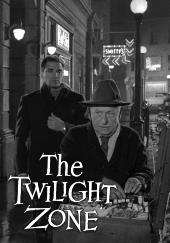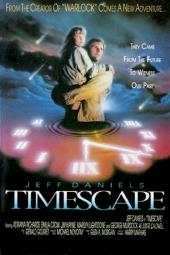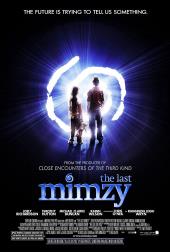Short Story
Roman Holiday
- by Henry Kuttner and Arthur K. Barnes
- Thrilling Wonder Stories, August 1939
Captain Marvel’s time chair got scooped by Dr. Horation Mayhem who sent Pete Manx into dangerous hijinks in the past in the pages of Thrilling Wonder Stories.
“Yes, my boy. I understand your aversion to making any more trips into the historical Past. You have been a—um—lodestone for violent trouble . . .”
“Something always happens to me!” exclaimed Pete. “What if I she’d get bumped off in the Past? Nix. No more o’ that stuff for me.”
“Quite right, my son. And yet—” Mayhem’s benign tone and dreamy stare at the ceiling were pure ham. “I would never have invited you here again, Pete, knowing it to be a place of strange memories, except that occasionally in our lives there arise demands that transcend all selfish personal considerations. Do you follow me?”
